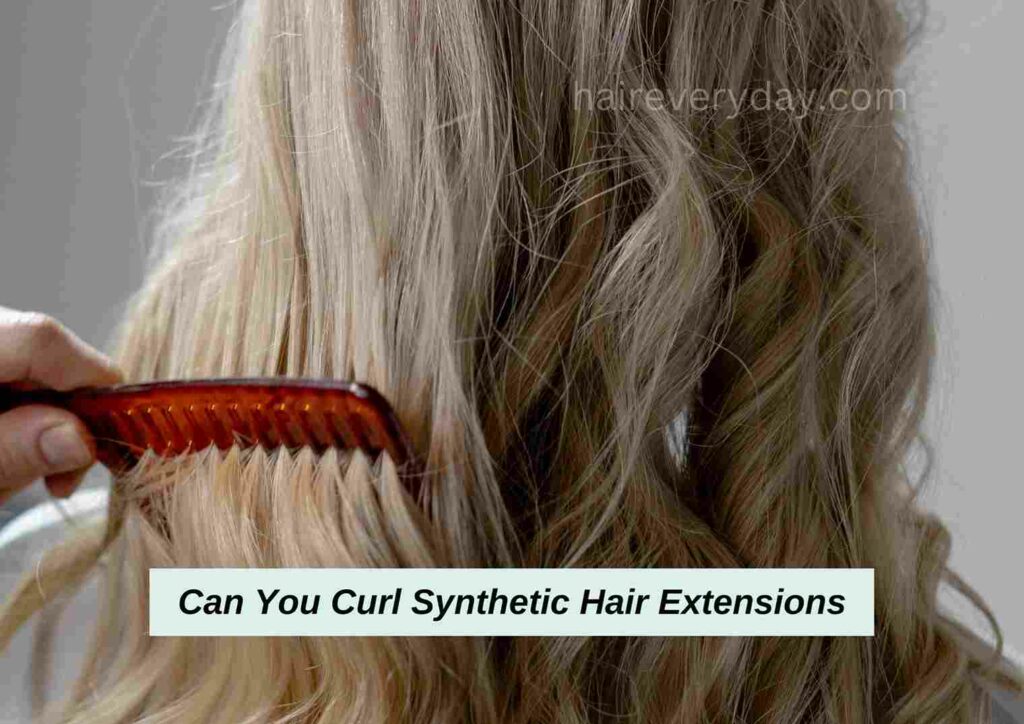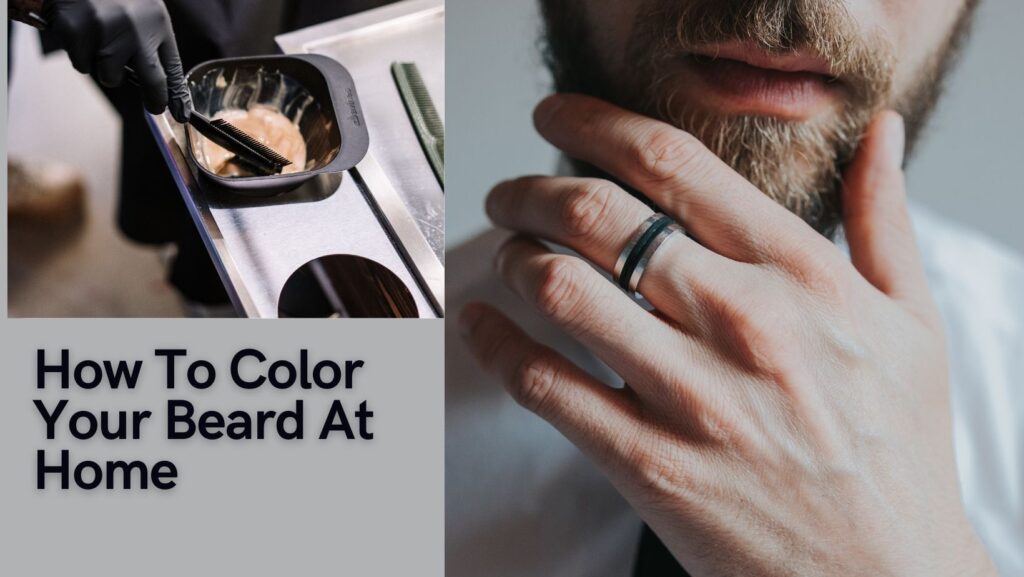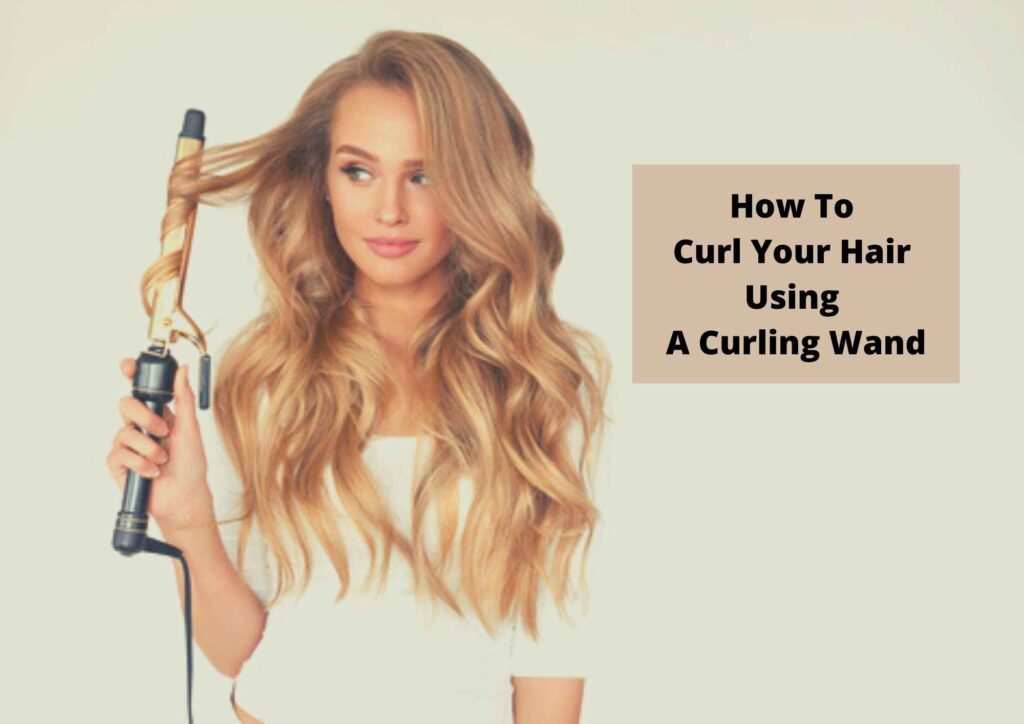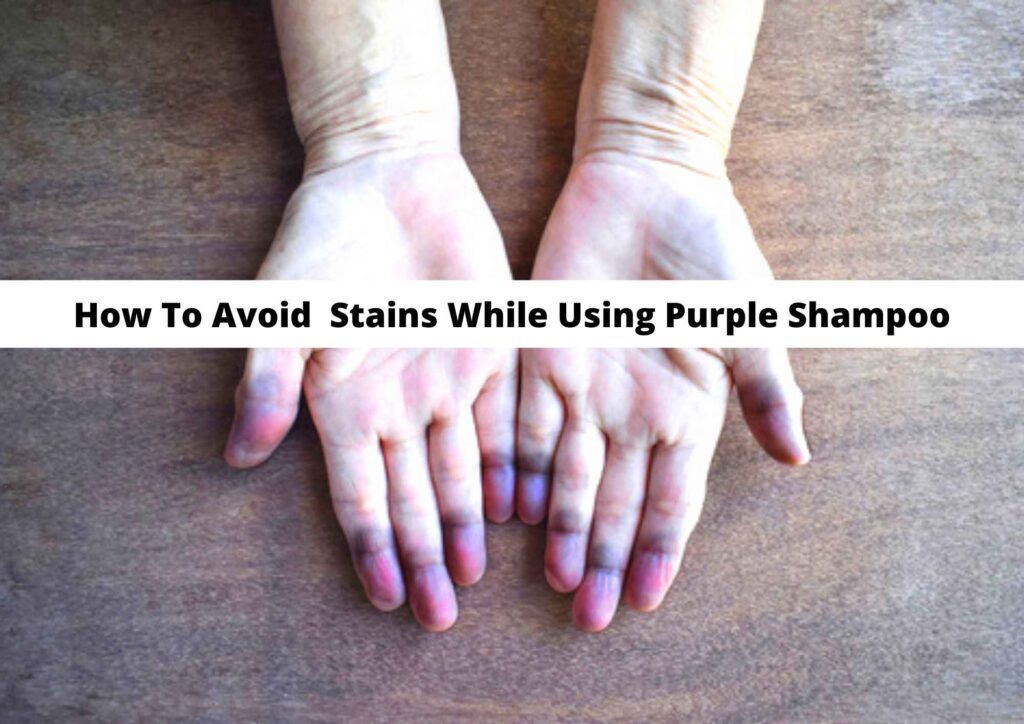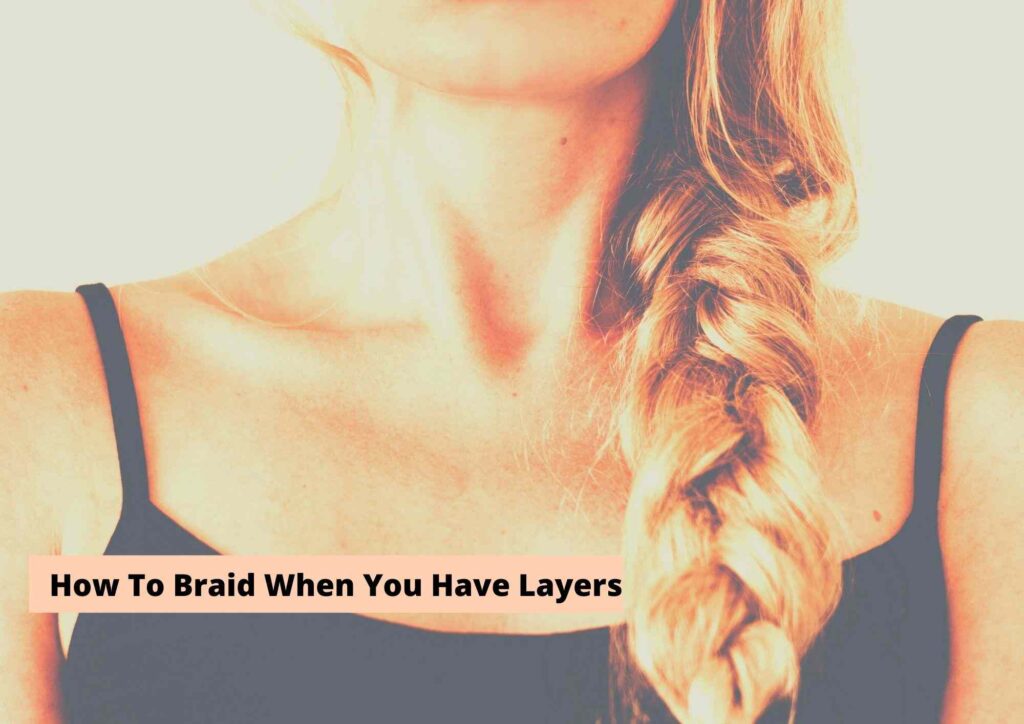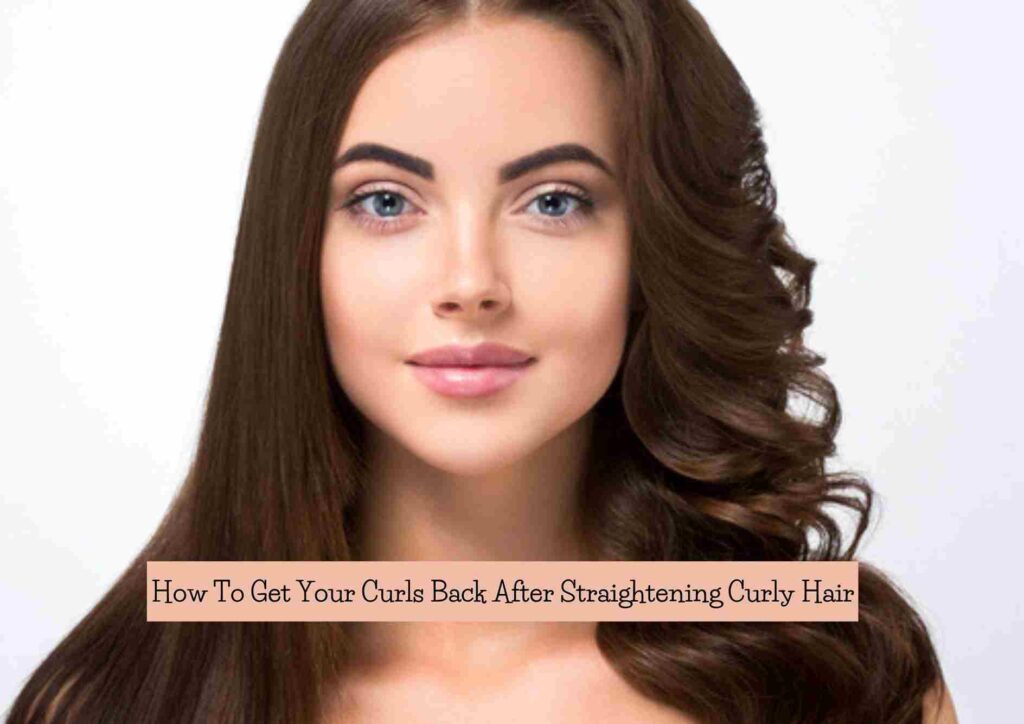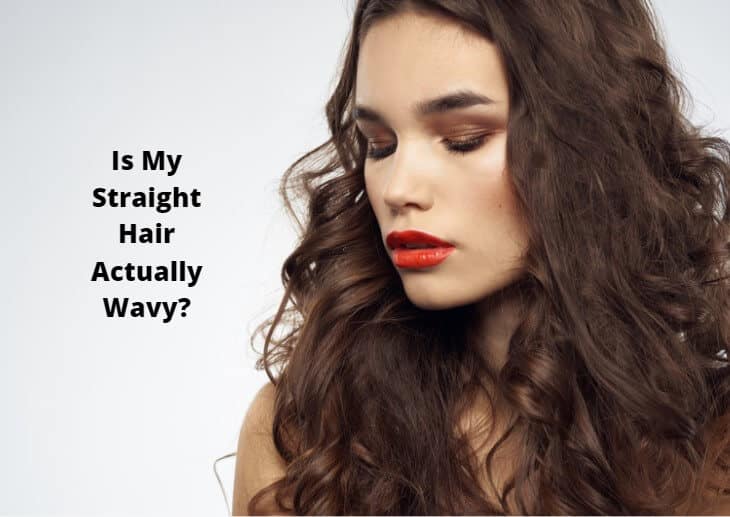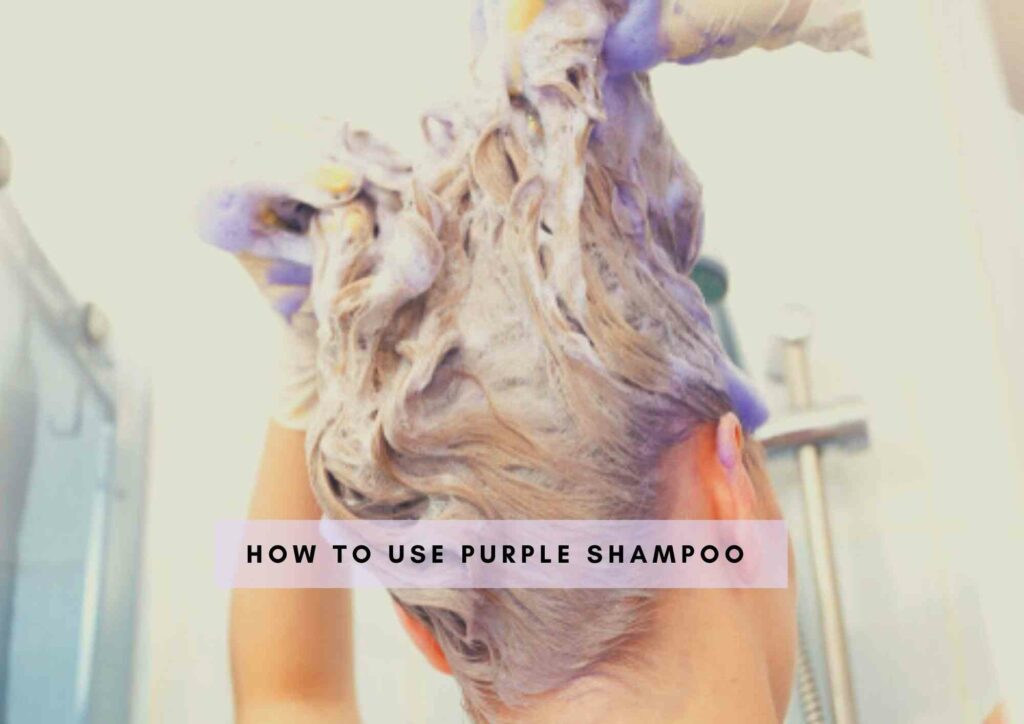Can You Curl Synthetic Hair Extensions? Discover the secrets to curling synthetic hair extensions with our expert guide. Learn the techniques and tools to achieve beautiful curls and transform your synthetic locks effortlessly.
For those who love experimenting with their hairstyles, hair extensions are a game-changer. They offer the opportunity to add length, volume, and style to your hair without the commitment of permanent changes.
However, when it comes to synthetic hair extensions, curling can be a bit tricky.
In this comprehensive guide, we’ll explore the world of synthetic hair extensions and answer the burning question: Can you curl synthetic hair extensions?
We’ll delve into the reasons behind the challenge, effective methods for curling synthetic hair extensions, and alternative techniques for achieving those glamorous curls.
Can You Curl Synthetic Hair Extensions
Before we dive into the methods, let’s understand why curling synthetic hair extensions can be a challenge.
Synthetic hair extensions are made from heat-resistant synthetic fibers, such as kanekalon or toyokalon. These fibers are designed to withstand high temperatures, making them less prone to damage during styling compared to natural hair.
However, the catch lies in the fact that synthetic fibers are essentially plastic. Unlike human hair, which can be reshaped and set with heat, synthetic fibers have a memory that retains their original, straight form.
Curling synthetic hair extensions can be tricky because the fibers resist changing their natural shape and are prone to frizz and melting if exposed to excessive heat.
@onlinekyne How do you curl synthetic hair to give a soft curl like this? Can you do this with rollers? I love your channel by the way! pic.twitter.com/WVlesIxDYF
— Phoenix Blacc (@PhoenixBlacc) June 4, 2020
What Are Synthetic Hair Extensions?
Synthetic hair extensions are artificially created hairpieces made from synthetic fibers, typically kanekalon or toyokalon. These extensions are designed to mimic the look and feel of human hair while offering various lengths, textures, and colors to suit individual preferences.
Here are some key characteristics and features of synthetic hair extensions:
1. Synthetic Fibers: Synthetic hair extensions are crafted from various types of synthetic fibers, with the most common ones being kanekalon and toyokalon. These fibers are engineered to resemble the look and feel of real human hair.
2. Wide Variety: Synthetic hair extensions come in a wide range of colors, textures, and styles. This versatility allows individuals to choose extensions that closely match their natural hair or opt for a completely different look.
3. Affordability: Synthetic hair extensions are typically more budget-friendly than their human hair counterparts. This affordability makes them an accessible option for those on a tight budget.
4. Low Maintenance: Synthetic extensions require less maintenance than human hair extensions. They retain their style well and do not require frequent washing, styling, or heat treatments.
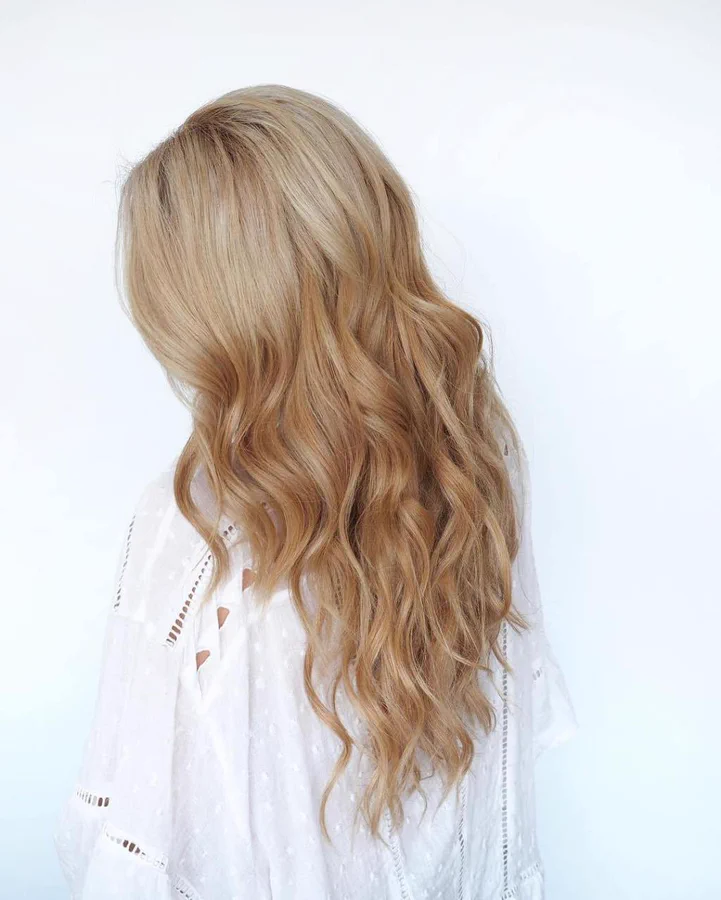
5. Quick Style Changes: With synthetic hair extensions, you can quickly change your hairstyle without the commitment of permanent changes. Whether you want longer locks, curls, or a pop of color, synthetic extensions offer a versatile solution.
6. Heat Resistance: Synthetic fibers are designed to withstand heat to some extent. However, excessive heat styling can damage or melt the fibers, so it’s essential to use caution when applying heat to synthetic extensions.
7. Durability: Synthetic hair extensions have a relatively long lifespan, making them a durable choice for those seeking extended use.
8. Allergen-Free: Unlike some human hair extensions, synthetic extensions are typically allergen-free, making them suitable for individuals with allergies or sensitivities.
9. Non-Remy: Unlike human hair extensions, which can be categorized as Remy or non-Remy based on the alignment of the hair cuticles, synthetic extensions do not have cuticles. This means they do not require special care to maintain cuticle alignment.
10. Easy Availability: Synthetic hair extensions are widely available and can be purchased at beauty supply stores, online retailers, and even some department stores.
While synthetic hair extensions offer many advantages, they also have limitations. For example, they may not have the same natural look and feel as human hair extensions, and they may not withstand as much heat or styling versatility. Additionally, synthetic extensions may have a shorter lifespan compared to high-quality human hair extensions.
Ultimately, the choice between synthetic and human hair extensions depends on your preferences, budget, and styling needs. Synthetic extensions are an excellent option for temporary style changes and cost-effective solutions, while human hair extensions are favored for their natural appearance and versatility.
Why Won’t My Synthetic Hair Extensions Curl?
As mentioned earlier, the resistance to curling in synthetic hair extensions stems from the nature of synthetic fibers. They have a memory that maintains their original, straight form and can be damaged by high heat. When attempting to curl synthetic hair extensions using traditional hot tools, you may encounter the following issues:
1. Frizz: Synthetic fibers can become frizzy when exposed to excessive heat, resulting in an undesirable texture and appearance.
2. Melting: High heat can cause synthetic hair extensions to melt, leading to permanent damage and an uneven, unattractive curl.
3. Lack of Hold: Even if you manage to curl synthetic hair extensions, they may not hold the curl for an extended period due to the memory of the fibers, causing them to revert to their original state.
Related: Can You Dye Synthetic Hair With Arctic Fox
Methods To Curl Synthetic Hair Extensions
While curling synthetic hair extensions may seem challenging, several alternative methods can help you achieve beautiful curls without risking damage. Here are five effective techniques to consider:
1. Using Steam Curlers:
Steam curlers are a safe option for curling synthetic hair extensions. These curlers use moisture and heat to create curls without exposing the fibers to high temperatures. Here’s how to use them:
– Start with clean, dry synthetic hair extensions.
– Wrap a section of hair around the steam curler.
– Apply steam to the curler for the recommended duration.
– Allow the curl to cool and set before releasing it.
– Repeat the process for the entire set of extensions.
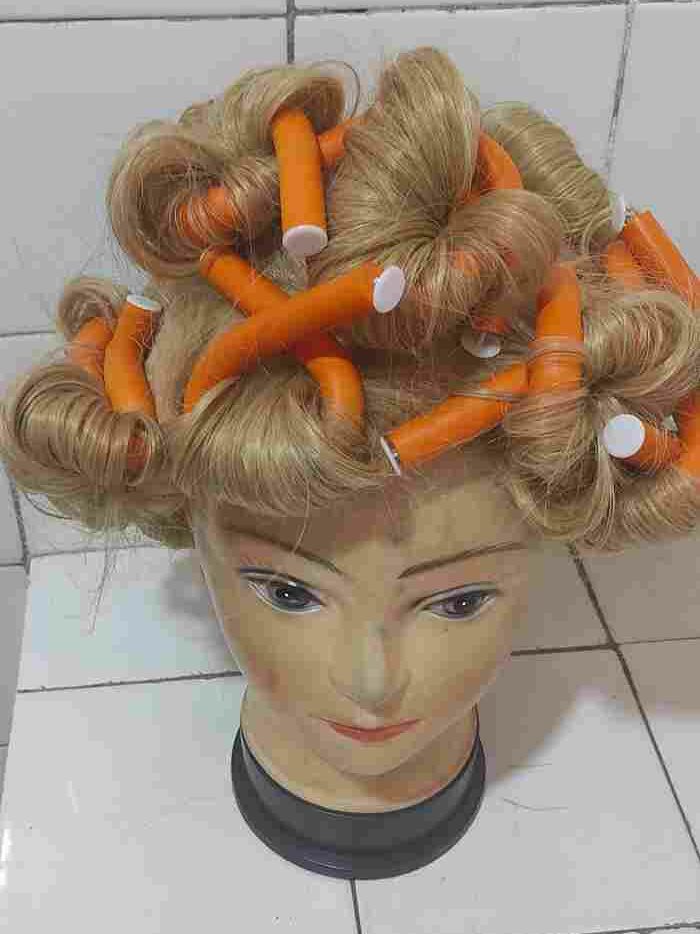
2. Using Foam Rollers:
Foam rollers are another heat-free option for curling synthetic hair extensions. This method is gentle and ideal for achieving soft, bouncy curls. Follow these steps:
– Dampen the hair extensions slightly (not soaking wet).
– Take small sections of hair and wrap them around foam rollers.
– Leave the rollers in place until the hair is completely dry.
– Gently remove the rollers to reveal your curls.
3. Boiling Water Method:

The boiling water method can be used to create curls in synthetic hair extensions. However, it requires caution to avoid damaging the extensions. Here’s how to do it:
– Boil a pot of water.
– Dip the ends of the synthetic hair extensions into the boiling water for a few seconds.
– Remove and gently shape the hair into curls.
– Hold the curls in place until they cool and set.
4. Flexi Rods:
Flexi rods are flexible, bendable rods that can be used to create curls in synthetic hair extensions. They are a heat-free option and offer a variety of curl sizes. Here’s how to use them:
– Take a small section of hair and wrap it around a flexi rod.
– Bend the rod into a U-shape to secure the hair in place.
– Leave the rods in place until the hair is completely dry.
– Gently remove the rods to reveal your curls.
5. Twist and Pin Method:

The twist and pin method is a heat-free technique that involves twisting sections of hair and securing them with bobby pins. Here’s how to do it:
– Take a small section of hair and twist it tightly.
– Secure the twisted section with bobby pins.
– Repeat this process for all sections of hair.
– Leave the hair twisted and pinned for several hours or overnight.
– Remove the pins and gently unravel the twists to reveal your curls.
How Long Does It Take To Curl Synthetic Hair?

The time it takes to curl synthetic hair extensions depends on the method you choose and the size of the curls you want to achieve. Here’s a general guideline:
– Steam curlers: 1-2 hours
– Foam rollers: 3-4 hours (or overnight)
– Boiling water method: 15-30 minutes
– Flexi rods: 3-4 hours (or overnight)
– Twist and pin method: 6-8 hours (or overnight)
Keep in mind that the larger the curls and the thicker the hair extensions, the longer it may take for the curls to set.
Can You Curl Synthetic Hair With Hot Water?
Yes, you can curl synthetic hair extensions with hot water using the boiling water method mentioned earlier. However, it’s essential to exercise caution when using this method to prevent damage to the extensions. Be sure to follow the instructions carefully and avoid prolonged exposure to hot water, as synthetic fibers can melt when subjected to high temperatures.
How To Curl Synthetic Hair Extensions Without Heat
Curling synthetic hair extensions without heat is not only safer but also helps prolong the life of your extensions. Here’s a step-by-step guide on how to curl synthetic hair without heat using the twist and pin method:
What You’ll Need:
– Synthetic hair extensions
– Wide-tooth comb or brush
– Hair clips or bobby pins
– Water spray bottle
– Styling mousse or hair spray (optional)
Felt like curling my hair added my extensions in pic.twitter.com/35GUNC9jHY
— connect2christin🍓 (@christincau1) November 16, 2022
Steps:
1. Prepare Your Extensions:
– Start with clean and dry synthetic hair extensions. Use a wide-tooth comb or brush to detangle them gently.
2. Section Your Hair:
– Divide your hair extensions into small sections. The size of the sections will determine the size of your curls.
3. Dampen the Hair:
– Lightly mist each section with water using a spray bottle. The hair should be damp, not soaking wet.
4. Twist the Hair:
– Take one section of hair and twist it tightly from root to tip.
5. Secure with Pins:
– Once the section is twisted, secure it in place with hair clips or bobby pins. Make sure the pins hold the twisted hair securely.
6. Repeat the Process:
– Continue dampening, twisting, and pinning each section of hair until you’ve completed all the extensions.
7. Wait for the Curls to Set:
– Leave the twists and pins in place for several hours or overnight. This allows the curls to fully set.
8. Remove the Pins:
– Carefully remove the hairpins or clips from each section.
9. Style Your Curls:
– Gently unravel the twists, starting from the tips and working your way up. Use your fingers to separate and fluff the curls for a natural look.
10. Optional: Apply Styling Products:
– If desired, you can apply a small amount of styling mousse or hair spray to help hold the curls in place.
11. Enjoy Your Heat-Free Curls:
– Your synthetic hair extensions are now beautifully curled without the use of heat!
Conclusion
Curling synthetic hair extensions can be a fun and creative way to change up your look, but it requires a different approach compared to natural hair. Synthetic fibers have their own unique characteristics, including a resistance to high heat.
By following the safe and effective methods mentioned in this guide, you can achieve stunning curls in your synthetic hair extensions without the risk of damage.
Whether you opt for steam curlers, foam rollers, or the twist and pin method, you can enjoy versatile styling options with your synthetic extensions, making it easier than ever to achieve the perfect curly hairstyle.
Why You Should Trust Haireveryday?
The author of this article, Leah Marie Priest has a degree in Cosmetology with years of experience in dealing with hair care, scalp care, and hairstyling. As someone who extensively deals with all kinds of hair textures, products, styling methods and more, hair Leah Marie knows what kind of products and procedures suit each hair type and person. We have also tested these hair products and processes ourselves to provide you an unbiased review about every product. Each of our articles are also reviewed by a team of medical professionals so that you get the most accurate and expert-reviewed information.
Also Read
Can You Use Dog Shampoo On Human Hair?
How To Wash A Wig With Fabric Softener
Are Hair Extensions Made From Real Hair
Can I Swim With Clip in Hair Extensions
To Summarize

